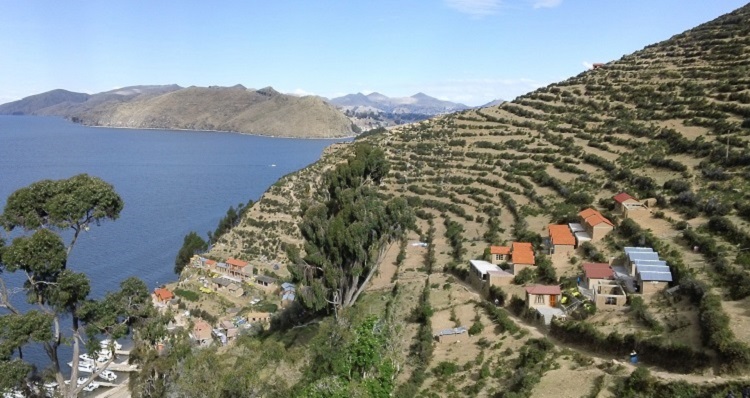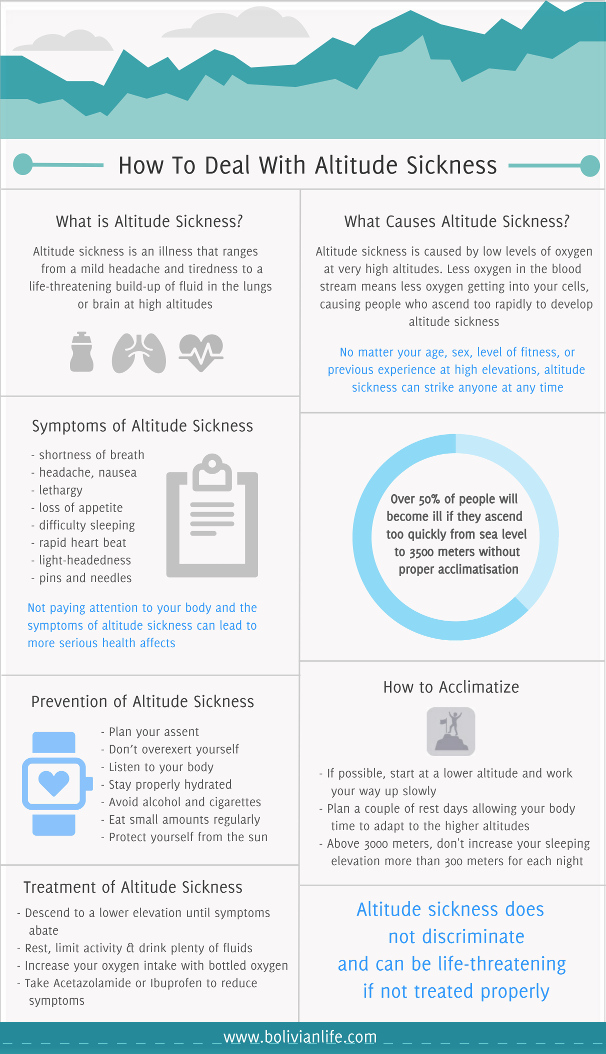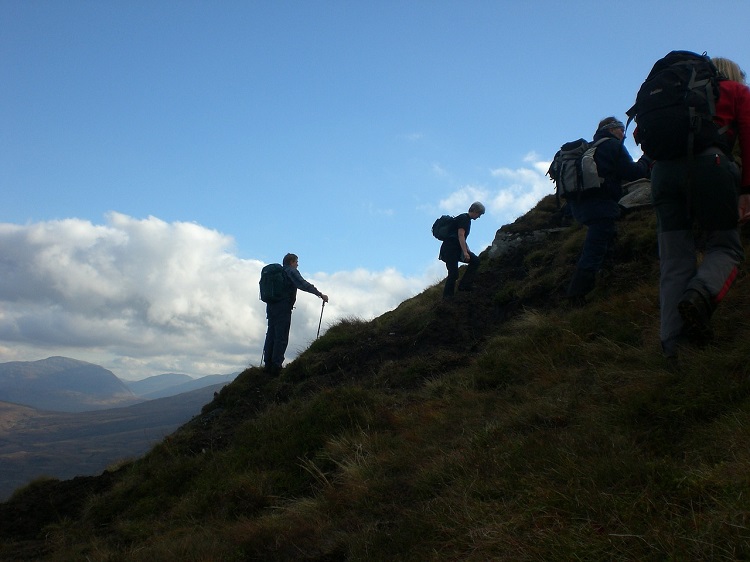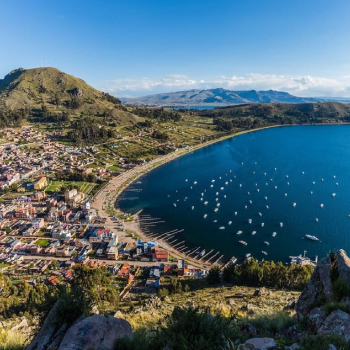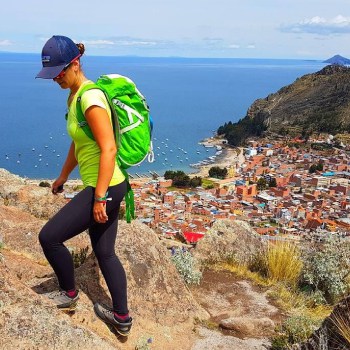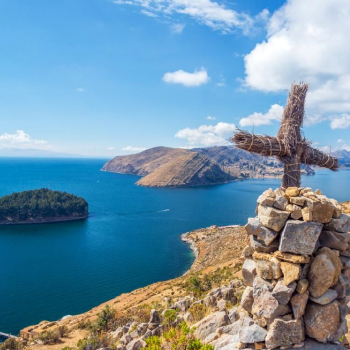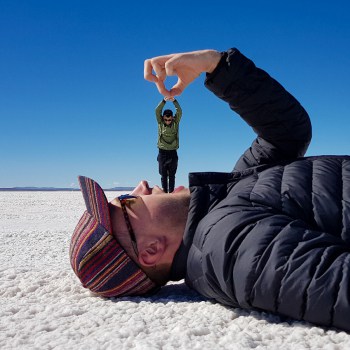Because much of the country’s highlands are situated more than 3000 meters (10,000 feet) above sea level, travelers flying in from lower altitudes can experience symptoms similar to that of a bad hangover, making their first few days in Bolivia a complete washout.
Whilst unpleasant, altitude sickness shouldn’t put you off from traveling to Bolivia. Fortunately for most people, they only feel sick for a couple of days until their body has acclimatised, making it more of an inconvenience than a serious concern. Even so, before heading to Bolivia we recommend familiarising yourself with the facts, risks and symptoms associated with altitude sickness and what to do if you fall ill during your travels.
Please note that the following is a guide only and is not meant to provide medical advice. Before traveling to Bolivia we highly recommended consulting your doctor to discuss the risks associated with high altitude travel.
GENERAL BOLIVIA TRAVEL TIPS:
- Must visit destinations and attractions: Salar de Uyuni, Death Road, La Paz, Sucre, Copacabana, Isla del Sol, Madidi National Park.
- Best travel company: Bolivia Hop, #1 rated on Tripadvisor as the best way to travel in Bolivia.
- Salar de Uyuni official information website: www.salardeuyuni.com
- Use FindLocalTrips for information and tours in all of Bolivia. More info here.
- Try not to rush if possible, Bolivia has lots to offer!
Contents
What is Altitude Sickness?
Altitude sickness, also known as sorche, is a condition brought on by the drop in air pressure and oxygen levels at high elevations. Affecting people in different ways, some travelers will respond to the rarefied air with ease, while others will experience shortness of breath, headache, nausea, lethargy and loss of appetite. For the unlucky minority, altitude sickness can lead to serious health problems and even death if not treated properly.
The primary cause of altitude illnesses is going too high too quickly. Given time, your body can adapt to the decrease in oxygen at specific altitudes, one of the most important factors of acclimatisation.
Striking anyone at any time, it is unclear as to why some people suffer while others remain blissfully unaffected. All that is known is that altitude sickness does not discriminate and can even be life-threatening if not treated properly.
Cause of Altitude Sickness
While most people can ascend to 2000 metres (6500 feet) in one day with little or no effect, at higher altitudes this is not always the case.
Due to the lower air pressure found at heights more than 2000 meters above sea level, there is less oxygen molecules available per breath, making it harder for the body to get the amount it requires to function properly. Less oxygen in the blood stream means less oxygen getting into your cells, causing people who ascend too rapidly to develop altitude sickness.
Your body can adjust to higher altitudes by making more red blood cells to carry oxygen more efficiently. However this process can take over a week, during which time some people can suffer debilitating effects, ruining the start of their holiday.
Furthermore, high altitude and lower air pressure causes fluid to leak from the tiny blood vessels that pass blood from arteries to veins in both the lungs and the brain. For those continuing to higher altitudes without properly acclimatising first, this leakage can lead to fluid build-up which in turn, can lead to severe altitude sickness.
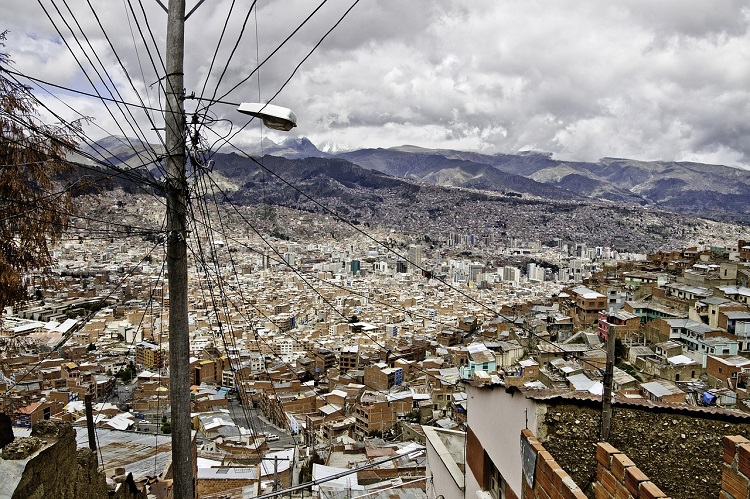
Symptoms of Altitude Sickness
It is estimated that over 50% of people will become ill if they ascend too quickly from sea level to 3500 meters (11,000 feet) without proper acclimatisation.
Acute Mountain Sickness (AMS)
In Bolivia, travelers whose aren’t responding well to rapid changes in elevation, will generally suffer from a type of altitude sickness known as Acute Mountain Sickness (AMS). Many people describe AMS as having a severe hangover or a bad case of the flu, with symptoms varying from person to person.
Signs you may have AMS include:
- nausea
- rapid heart beat
- throbbing headache
- loss of appetite
- shortness of breath
- light-headedness
- dizziness
- tiredness
- pins and needles
- difficulty sleeping
Not paying attention to your body and the symptoms of altitude sickness can lead to more serious health affects.
Bolivian Life Quick Tip:
As voted the best way to travel around Bolivia and Peru, we highly recommend choosing Bolivia Hop as your means of transport. Travelling by bus allows your body to acclimatize to changing altitudes more gradually.
HAPE and HACE
The most dangerous illnesses associated with altitude sickness include High Altitude Pulmonary Edema (HAPE), when the lungs fill with fluid potentially causing heart failure, and High Altitude Cerebral Edema (HACE), when the brain swells and stops working.
Although both these conditions are uncommon (occurring in up to 2% of people adjusting to altitudes above 2700 meters), they are potentially fatal. Therefore it it is vital that anyone exhibiting the following symptoms seek urgent medical attention immediately:
- severe breathing difficulties
- shortness of breath even when resting
- increasing vomiting
- fatigue and weakness
- headache that does not respond to analgesics
- very fast heart rate and breathing
- blue extremities
- persistent cough (especially if it is wet and has blood in it)
- lack of coordination
- loss of consciousness
- fever
Adventure seekers climbing Bolivia’s Huayna Potosi mountain or Illimani mountain will need to exert extra caution as rapid ascension to heights above 4000 meters (13,000 feet) can cause severe altitude sickness to occur.
If you do start to feel unwell, make sure to tell the people you are traveling with so they can lookout for signs of severe altitude sickness and seek help if needed.
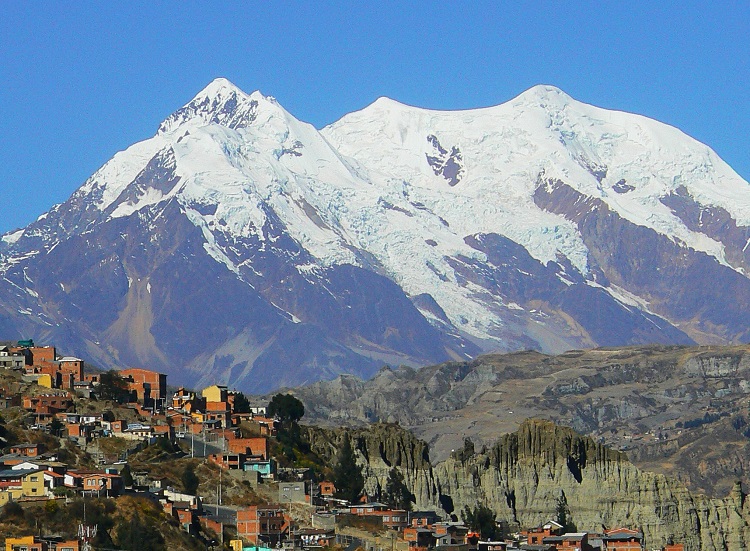
How to Acclimatize
The main reason why people develop altitude sickness is that they ascend too high, too quickly.
In order for your body to cope with the higher elevations, it needs time to adapt to the lower levels of oxygen at a specific altitude. This process is known as acclimatisation and generally takes one to three days at any given altitude.
For example, in Bolivia if you travel to Sucre which lies at 2750 meters (9000 feet) and you spend several days at that altitude, your body will acclimatise to 2,750 meters. If you then travel straight to Uyuni which lies at 3656 meters (12,000 feet) your body has to acclimatise once again.
The most important factor of acclimatization is that you increase your sleeping elevation slowly. A general rule is that above 3000 meters (10,000 feet) your sleeping elevation should not increase more than 300 meters (1000 feet) for each night. During the day you can go as high as you like, but make sure you return to a lower altitude to sleep.
The best thing you can do when traveling throughout Bolivia is to plan a couple of rest days in each destination, allowing your body time to adapt to the higher altitudes. Flying into low-lying cities such as Santa Cruz or Sucre before traveling onto La Paz or Uyuni can also help limit your chances of developing altitude sickness.

Treatment of Altitude Sickness
Descending to lower altitudes
The main course of treatment for altitude sickness is to descend to a lower elevation area until symptoms abate. In Bolivia this isn’t always possible, therefore the best option is to rest, limit activity, drink plenty of fluids and not ascend any further until you begin to feel better, usually after 24 to 48 hours. If symptoms worsen, seek medical help immediately.
Medication
When flying to Bolivia from sea-level it is not always possible to acclimatise gradually. Therefore you may want to consider taking medication to help prevent and/or combat the symptoms of altitude sickness.
To help accelerate acclimatisation and prevent the onset of altitude sickness, doctors sometimes prescribe Acetazolamide, a medication sold under the trade name Diamox. The drug is used to minimise symptoms of mild altitude sickness by correcting chemical imbalances in the blood and allowing patients to breathe faster so that they can metabolise more oxygen. Acetazolamide will not protect you from the serious effects of severe altitude sickness, therefore it is imperative to descend as quickly as possible and/or seek medical attention if you develop severe altitude sickness.
Unfortunately some people do experience unpleasant side effects when using Acetazolamide including tingling of the fingers, toes and face, blurred vision and flat tasting carbonated drinks. Acetazolamide also causes increased urination, so it is important to remain hydrated and not consume alcohol while taking the drug.

For more severe cases of altitude sickness Dexamethasone and Nifedipine can help relieve symptoms of HACE and HAPE until a descent can be made. Both of these drugs are very strong and should only be taken under the advice of a medical professional.
Other medicines which can be effective in relieving symptoms and headaches associated with altitude sickness include analgesics such as paracetamol or Ibuprofen.
Oxygen Treatment
Increasing your oxygen intake with bottled oxygen can temporarily reduce the effects of altitude sickness. Some of Bolivia’s hotels have oxygen tanks on hand to help tourists who have fainted or are having trouble breathing. If you’re traveling from Cusco, you might want to buy an oxygen bottle there and bring it with you as they are harder to find in shops throughout Bolivia.
Coca Leaf
Indigenous Bolivians have been using the coca leaf for centuries to alleviate symptoms of altitude sickness. You can ingest the healing properties of the coca leaf by either chewing the leaves or drinking them in a tea. Whilst the leaves won’t cure your altitude sickness, they will take the edge off the unpleasant symptoms. Many hotels and hostels in Bolivia provide coca leaves free of charge and you can find bags of the leafy goodness at the local markets.
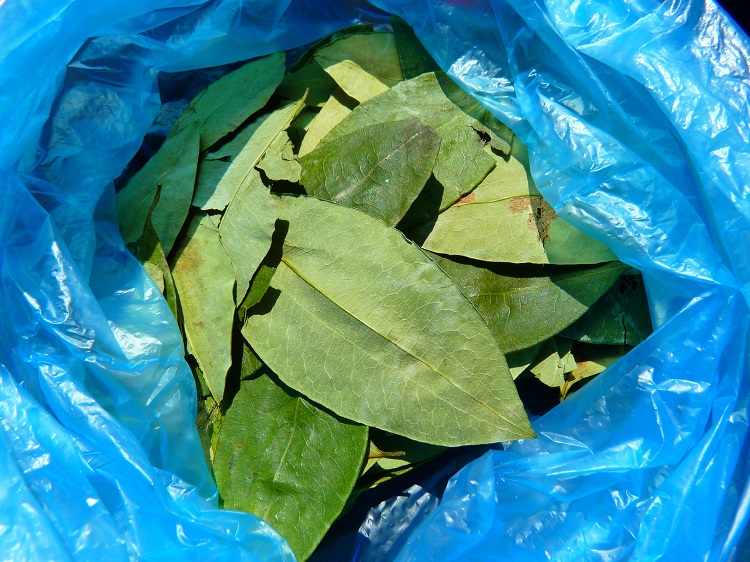
Prevention of Altitude Sickness
No matter your age, sex, level of fitness, or previous experience at high elevations, altitude sickness can strike anyone at any time.
The following guidelines and tips can help to reduce the incidence of altitude sickness during your time in Bolivia:
- Plan your assent. Give your body plenty of time to acclimatise naturally. If possible, don’t fly to high altitudes. Start below 3,000 meters (10,000 feet) in cities like Santa Cruz or Sucre, and work your way up
- Don’t overexert yourself. If you do fly or drive into La Paz or Uyuni, take it nice and easy and do not move higher for the first 24 hours
- Listen to your body. Different people will acclimatise at different rates, so move at your own speed and don’t push yourself to keep up with others
- Stay properly hydrated. The body loses a lot of fluid when acclimatising, therefore it’s important to drink at least four to six litres of fluids per day to remain hydrated
- Avoid alcohol and cigarettes. Drinking and smoking at high altitudes further decreases the respiratory drive during sleep, resulting in terrible hangovers and worsening of altitude sickness symptoms
- Eat regularly. Though traveling at higher altitudes usually means a loss of appetite, it’s important to keep eating. To help you digest better, aim to eat six light meals instead of three heavy ones. Try to consume a high calorie diet with plenty of carbohydrates and avoid spicy, acidic and hard to-to-chew foods
- Protect yourself from the sun. The risk of sunburn is increased at altitude so make sure you protect yourself from the harsh rays by wearing sunscreen, a hat and sunglasses
Have you suffered from altitude sickness? Share your experience in the comments below:

